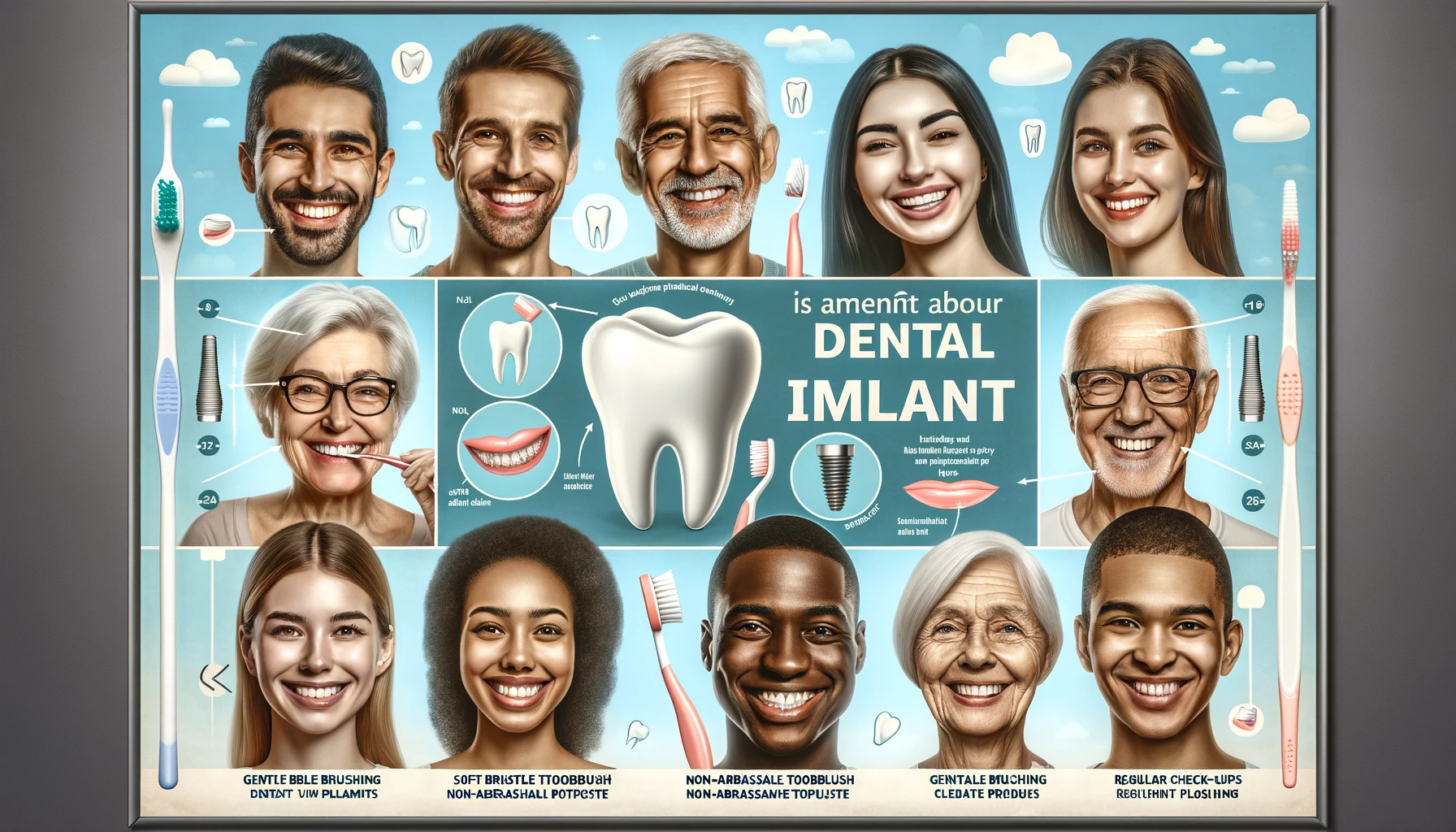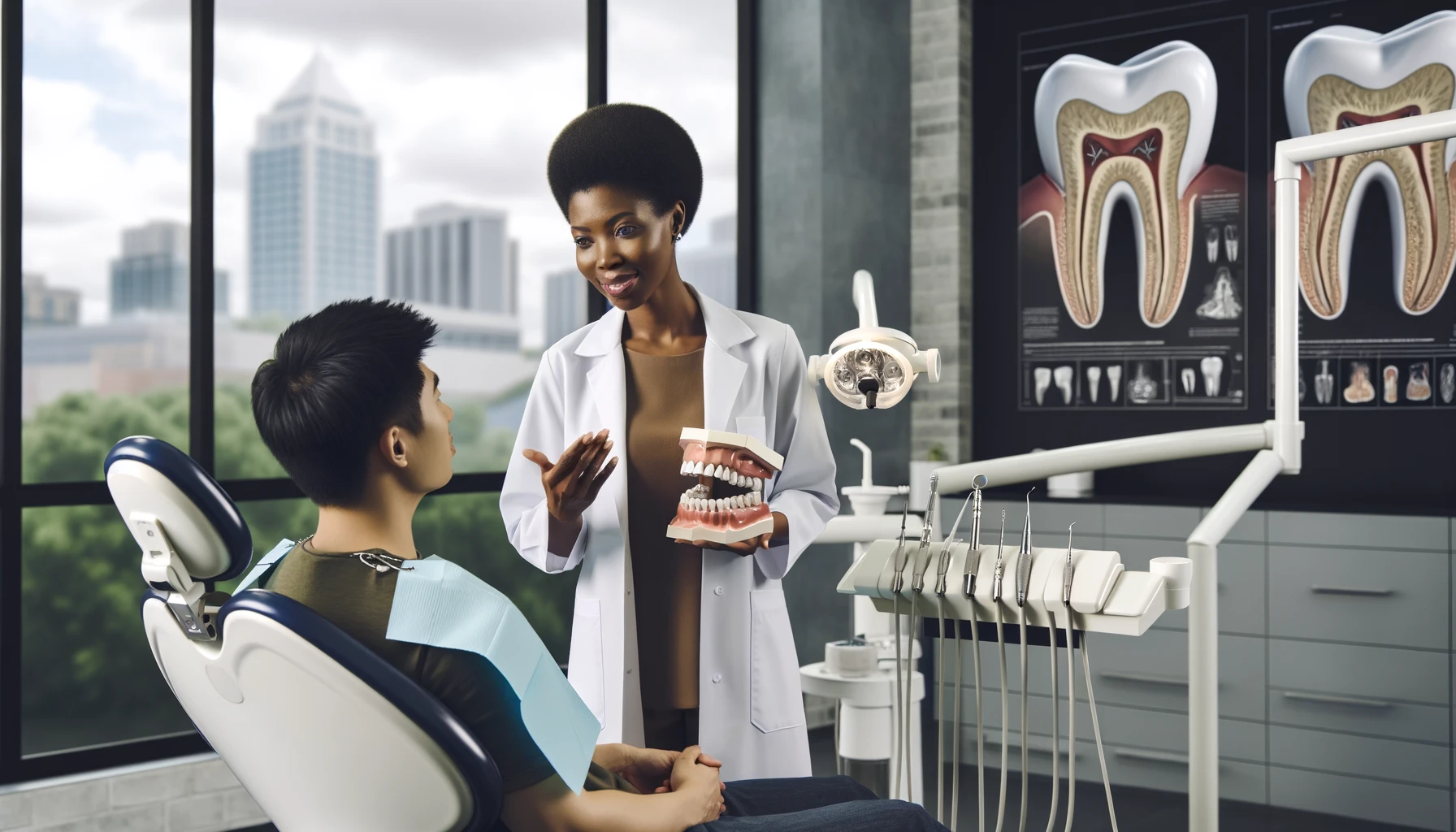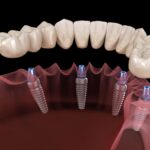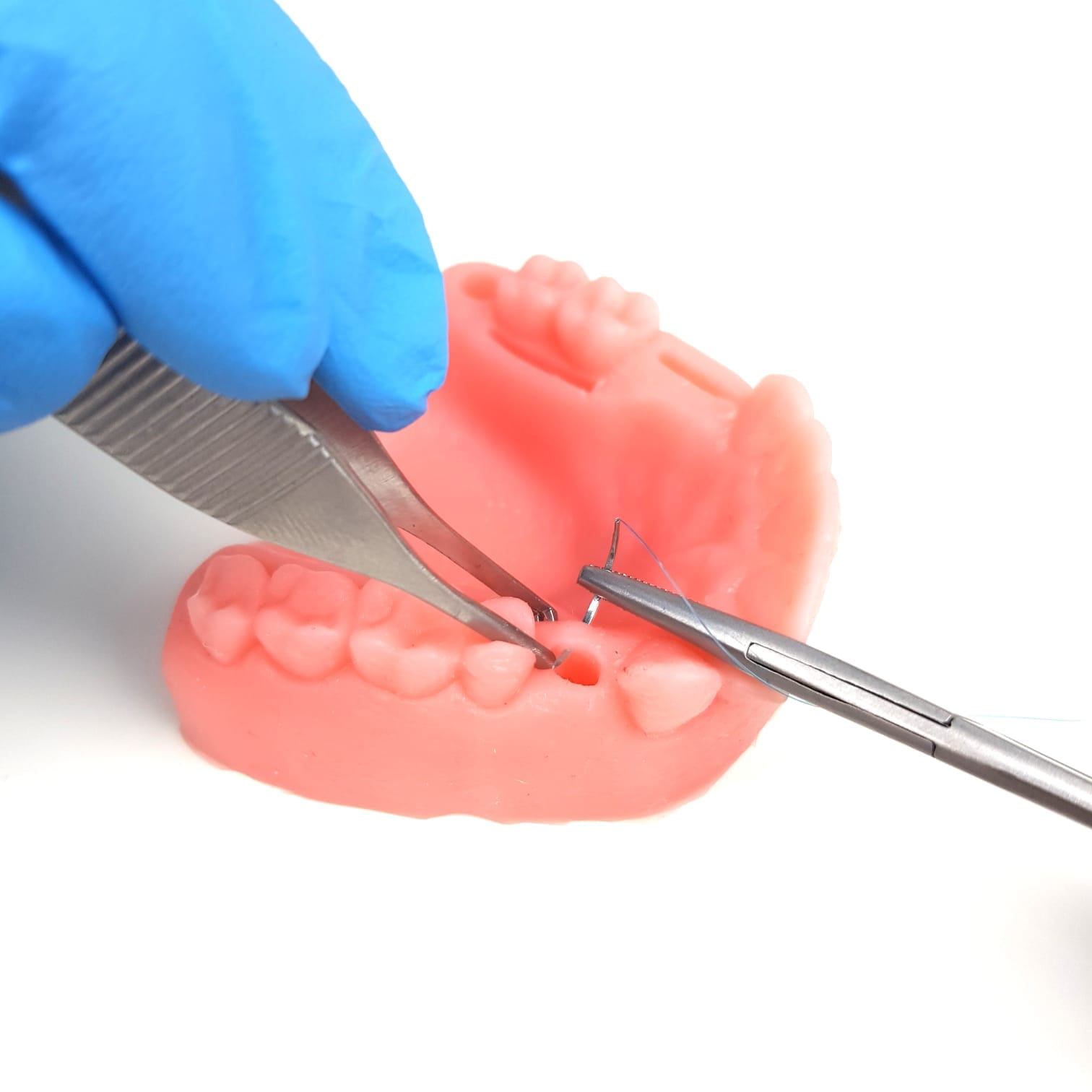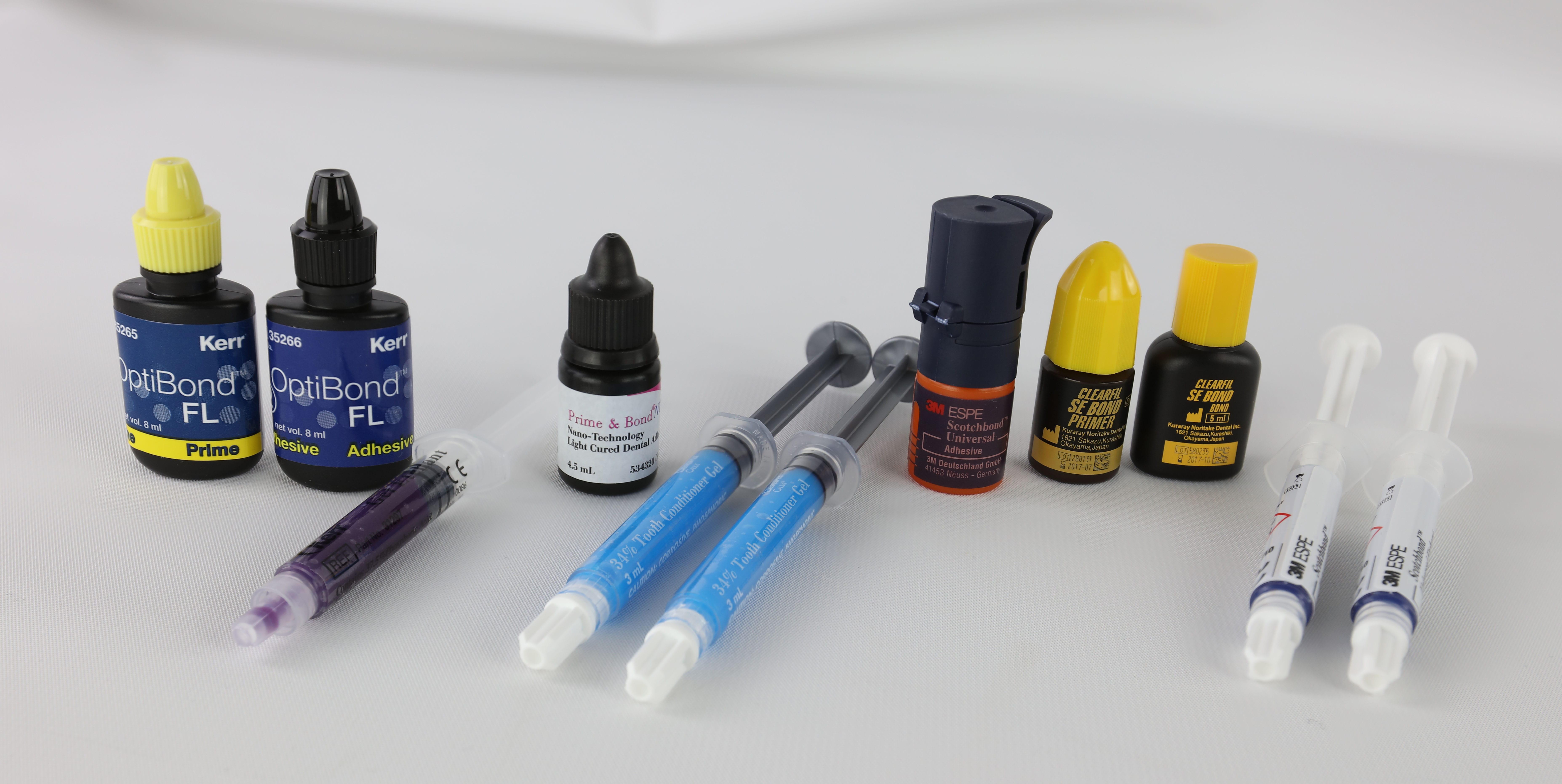In today’s healthcare landscape, understanding the costs associated with dental procedures—especially when you lack insurance—is essential for maintaining your oral health without straining your budget. Dental X-rays, a critical diagnostic tool, can appear to be a hefty expense when paying out-of-pocket. This guide aims to demystify the costs of dental X-rays for uninsured patients in the USA, offering valuable insights and strategies to manage these expenses effectively.
The Importance of Dental X-Rays
Dental X-rays are not just an additional cost; they are a vital component of preventive dental care and early detection of oral health issues. Here’s how they benefit you:
- Identify Cavities: Detect cavities between teeth and under existing fillings before they become serious.
- Detect Bone Loss: Spot bone loss associated with gum disease early on.
- Examine Roots: Assess the roots of teeth and surrounding bone structure for potential issues.
- Evaluate Wisdom Teeth: Monitor the development of wisdom teeth to prevent complications.
- Assess Abnormalities: Look for abnormalities such as cysts or tumors that may require attention.
While the upfront cost of X-rays might seem daunting, investing in regular screenings can prevent more expensive treatments later by catching problems early.
Understanding Dental X-Ray Costs Without Insurance
The cost of dental X-rays without insurance can vary significantly, generally ranging from $20 to $250 per X-ray. Several factors influence this price range:
Factors Affecting X-Ray Costs
- Type of X-Ray: Different types (e.g., bitewing, panoramic, full mouth series) come with varying costs.
- Geographic Location: Prices can differ dramatically between urban and rural areas, as well as from state to state.
- Dental Office: Each practice sets its own fees based on overhead costs and market rates.
- Number of X-Rays: A full set of X-rays will naturally cost more than a single image.
Average Costs by X-Ray Type
- Bitewing X-Rays: $20 – $100 per set
- Panoramic X-Rays: $100 – $200
- Full Mouth Series: $85 – $250
These averages provide a general guideline, but actual costs may vary based on your specific location and provider.
Additional Costs to Consider
Dental X-rays are often part of a comprehensive dental exam. Here’s a breakdown of potential costs for uninsured patients:
- Dental Exams: $60 – $120
- Dental Cleanings: $75 – $200
When combined with X-rays, a routine dental visit could range from $200 to $450, depending on the services rendered.
Strategies to Reduce Dental X-Ray Costs
While navigating dental care without insurance can be challenging, there are several strategies you can employ to manage and reduce these costs:
- Dental Schools and Clinics
- Dental schools often offer services at reduced rates as students gain practical experience under supervision. The American Dental Association (ADA) provides a list of accredited dental schools across the USA.
- Community Health Centers
- Federally Qualified Health Centers (FQHCs) provide dental services on a sliding fee scale based on income. Use the HRSA Find a Health Center tool to locate centers near you.
- Dental Savings Plans
- These plans offer discounts on various dental procedures, including X-rays, for an annual fee. While not insurance, they can significantly reduce out-of-pocket costs.
- Negotiate with Dental Offices
- Many dental practices are open to offering discounts for cash payments or setting up payment plans for uninsured patients. Don’t hesitate to discuss your financial situation with the office staff.
- Preventive Care
- Regular brushing, flossing, and maintaining a healthy diet can reduce the frequency of required X-rays and other dental procedures.
Understanding X-Ray Frequency Guidelines
The American Dental Association provides guidelines on how often patients might need X-rays based on their oral health status:
- Adults with Good Oral Health: Every 2-3 years
- Adults with Ongoing Dental Issues: Every 6-18 months
- Children and Adolescents: More frequently based on age and risk factors
These guidelines are not one-size-fits-all; your dentist will recommend X-rays tailored to your individual needs.
The Long-Term Value of Dental X-Rays
While the initial cost of dental X-rays without insurance can be significant, consider their long-term value:
- Early Detection: Identify issues before they become visible or symptomatic, potentially saving thousands in treatment costs.
- Preventive Care: Regular X-rays contribute to preventive care, which is generally less expensive than restorative treatments.
- Comprehensive Oral Health: They provide a complete picture of your oral health, facilitating informed decision-making about your care options.
Conclusion: Balancing Cost and Care
Navigating the costs of dental X-rays without insurance requires a thoughtful approach that balances managing expenses with maintaining oral health. By understanding what influences these costs, exploring cost-saving strategies, and recognizing the long-term benefits of regular dental care, uninsured patients can make informed decisions about their oral health.
Remember that while managing costs is crucial, regular dental check-ups and necessary X-rays are investments in your overall well-being. Always consult with dental professionals to determine the most appropriate care plan tailored to your individual needs.
The cost of dental X-rays without insurance in 2024 varies based on the type of X-ray, with prices ranging from as low as $20 for a single X-ray to $700 for more advanced scans like CBCT.
Yes, most dental insurance plans cover dental X-rays, typically including bitewing X-rays once or twice a year, with other types such as periapical or full-mouth X-rays covered based on clinical necessity.
Regular dental X-rays help in early detection of dental issues such as cavities, bone loss, or impacted teeth, which can prevent more severe and costly dental problems in the future.
Yes, there are affordable options for dental X-rays without insurance, such as dental schools, community health centers, and dental clinics offering payment plans or membership programs.
Dental insurance often allows for more frequent X-rays at a reduced personal cost, as many plans cover routine X-rays as part of preventive dental care, encouraging patients to maintain regular dental check-ups.


